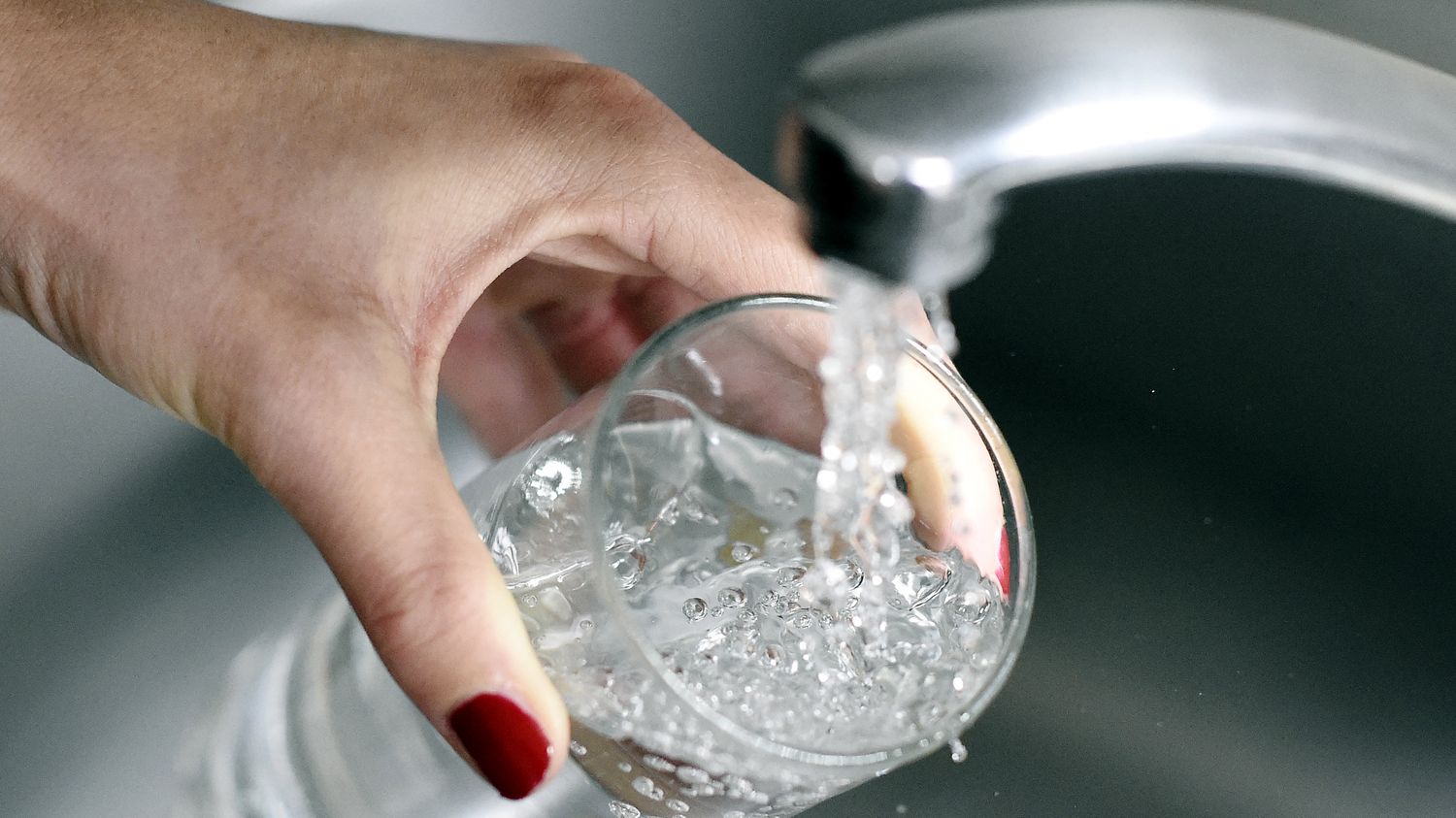Between October 2020 and December 2022, ANSES, the Health Security Agency, tested our drinking water for the presence of pesticide residues, explosives and an industrial solvent. These are pollutants never before measured in our water analyzes at 300 sites in France.
What pollutants are in your drinking water? franceinfo publishes in collaboration with the investigation unit of Radio France, a map of pollutants never measured in tap water. These are residues of pesticides, explosives, but also solvents.
>> SURVEY. Pesticide residues cause the closure of water catchments
ANSES, the health security agency, tested them in 300 drinking water points in France, between October 2020 and December 2022, for an unprecedented survey, the results of which were published three months ago. This survey demonstrated the problematic presence of a pesticide residue, chlorothalonil in a third of the sites tested. We were able to access data from ANSES, and thus discover where the agency had taken its samples, information that has not been revealed so far. Discover the substances detected near you on our interactive maps.
1,4 dioxane, whose concentration sometimes exceeds the health threshold defined by the city of New York
Of the 100,000 chemical molecules in circulation, we only really know 500. To find those that could cause us the most problems, ANSES therefore tests the presence of new molecules every three years. with this solvent called 1,4 dioxane, classified as a possible carcinogen. If there is no health threshold in drinking water for this product in France, it is already in the crosshairs of the American health authorities. The state of New York has even decided to cut off tap water if the threshold of 1 µg/L is exceeded.
And what the ANSES data reveals is that this is the case in several samples, for example in Mareil-sur-Mauldre in the Yvelines where investigations are underway to find out where this product can come from. chemical used by many industries. Asked about the subject, the ARS indicated that they were not obligatory to inform users and that in addition, the levels recorded in France were 10 times below the WHO threshold of 50µg / L , currently used as a reference for this solvent. There is no health threshold in France in drinking water.
Traces of explosives used in the First World War
Most of the explosives found by ANSES in the water flowing from our taps date from the First World War, including in places far from the battlefields. Two other more recent explosives were detected, RDX and HMX. Comparisons with foreign health thresholds do not show any overrun on the points tested. But in France, these products still have no established health threshold. “We still don’t know how to answer the question: are we poisoning ourselves?”recognizes the professor of toxicology Franck Saint-Marcoux of the University Hospital of Limoges.
Pesticides, a delayed cocktail?
28: the number of pesticides discovered in tap water in Choye, a commune in Haute-Saône. Among them, 13 have a concentration in water greater than 13ng/L. Among them, metabolites, molecules which are created under the action of the sun, after the dissemination of pesticides, and whose toxicity has, for the most part, never really been evaluated. None of the 300 ANSES samples taken from tap water between 2020 and 2022 exceeded the health threshold set urgently by the authorities.
However, we realize that there are places in this tap water where the concentration of certain substances would have imposed an action in the catchments. Indeed, the regulations require work to be carried out on catchments as soon as the threshold for pesticide metabolites exceeds 100 ng/L (for certain substances such as alachlor OXA, chlorothalonil R47811, desethyl-terbumeton, desethyl-chloridazone, desphenyl-chloridazone, flufenacet ESA, methyl-desphenyl-chloridazone, NN-dimethylsulfamide, 2,6-dichlorobenzamide) or 900 ng/L (for acetochlor ESA, acetochlor OXA, alachlor ESA, CGA 354742, CGA 369873, dimethenamide ESA, dinemethenamid OXA, metazachlor ESA, metazachlor OXA, metolachlor ESA, metolachlor OXA). And looking at the ANSES samples, many are concerned.
And it is these analyzes that led to the closure of certain catchments not long ago.
Alert the Radio France investigation cell. To send information to Radio France’s investigation unit anonymously and securely, you can now click on alerter.radiofrance.fr
